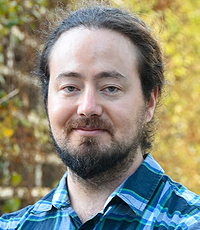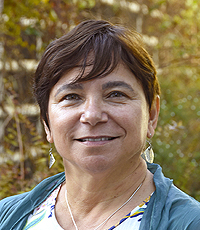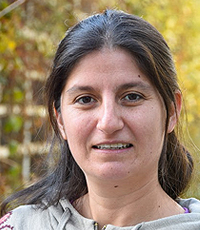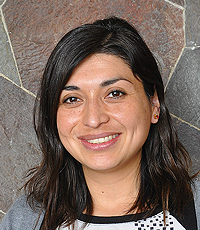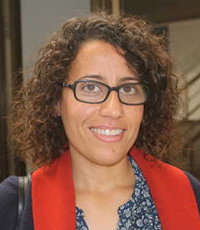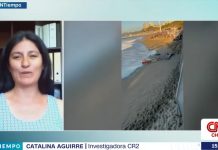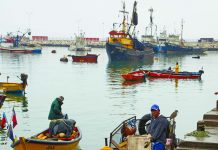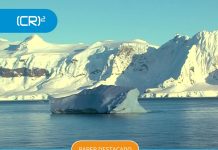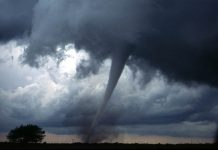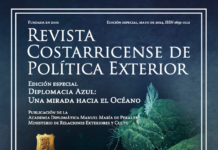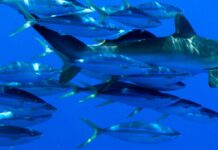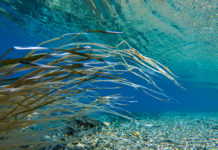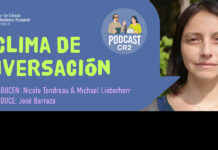Considerando que las principales ciudades chilenas están ubicadas en la zona costera, esta línea de investigación busca determinar el impacto del cambio climático en estos territorios socionaturales.
Para el período 2024-2025, la línea busca profundizar su investigación sobre los procesos costeros físicos y biogeoquímicos en diferentes escalas espacio-temporales, desde una perspectiva socioecológica y con enfoque en sus impulsores, impactos, riesgos y retroalimentaciones.
Los esfuerzos se dirigen hacia una comprensión de la covariabilidad entre la surgencia costera y la zona de mínimo de oxígeno en Chile, en particular con eventos de hipoxia (falta de oxígeno). También se estudia la dinámica del derretimiento de hielo y su conexión con los procesos atmosféricos, lo que es crucial para estudiar los impactos del cambio climático en la capa de hielo de la Antártica y el aumento del nivel del mar.
Se trabaja en la investigación y caracterización de eventos extremos, como las floraciones de algas nocivas y olas de calor marinas, a través de observaciones in situ y remotas, y el uso de modelos regionales numéricos acoplados (atmósfera-océano-olas).
La línea busca llevar su investigación a la escala local para conocer en profundidad los impactos, los riesgos y los procesos de las comunidades costeras hacia la construcción de resiliencia. Además, se busca identificar posibles zonas de refugio climático costero que tengan como base la variabilidad ambiental actual, los escenarios futuros y los servicios potenciales a proteger bajo futuros riesgos climáticos.
Revisa los logros de investigación de esta línea en nuestra memoria institucional

